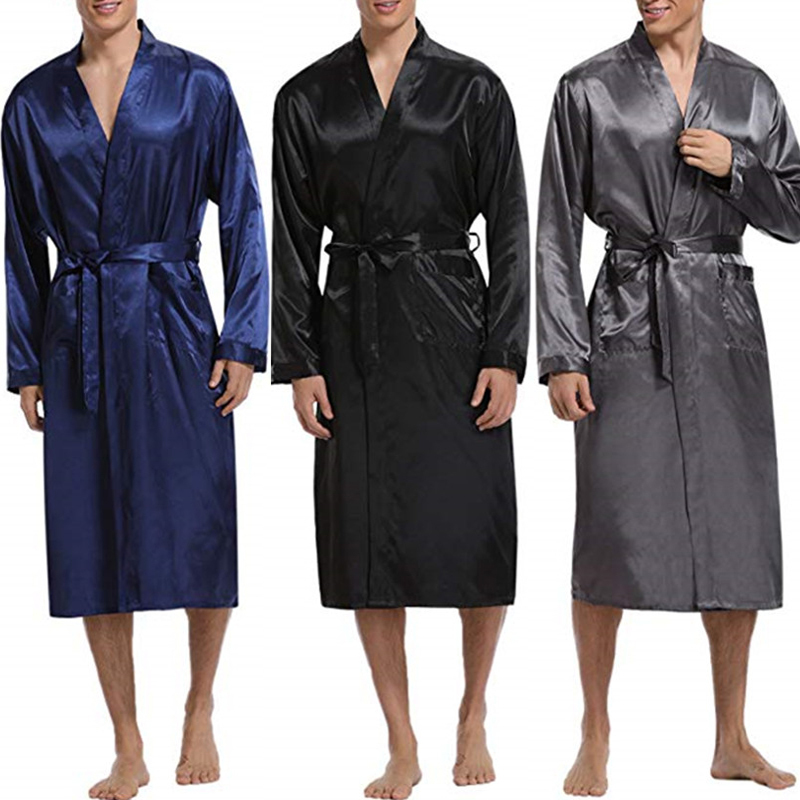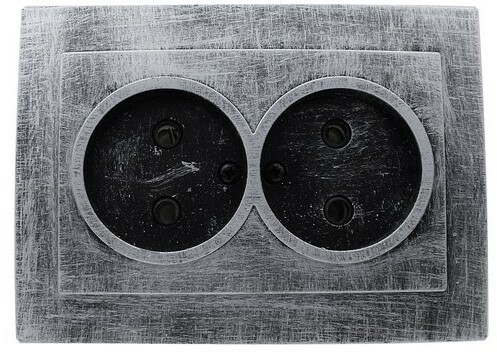Perhaps, every family can find electric heaters, which are very help out spring and autumn, when the street is still quite cool, and centralized heat supply has stopped. Useful data unit and in a garage, a workshop or in the country where the turnpike heat simply absent. Many owners do not realize because of the variety of modifications that better heater or infrared heater, it is better to use to solve problems in the autonomous heating own home? In fact, the simple answer to this question does not, both devices have unique strengths and weaknesses.

Heater: main features
Heater is an improved version of the reflector widely been in operation for several decades ago. Statistics show that the device belongs to the market one of the most popular, due to the low cost, operational convenience, efficiency and lack of complexity in the installation process - the device simply connects to outlet. However, there are sufficiently massive devices of this group, suggesting fixing on a wall or ceiling, but they are used for the most part, not in the home and in industrial or administrative buildings destination. Inside there are heating elements and the fan, contributing to the rapid and uniform distribution of hot air throughout the room. If we talk about the heating element, the following components are used:
- Spiral based on nickel-chromium. The classic version. The metal member may be heated to 1000 degrees, so that the safety of the product is highly questionable, the probability of a fire by contact with foreign objects. A second drawback - on the spiral gradually accumulates dust secretes unpleasant odor at each new run. Some people believe that this technique stimulates the burning of oxygen in the room, but this is misleading. Tests show that the oxygen content falls in the fraction of a percent, to feel its impossible.
- Ceramics. Heating occurs just prior to 150 degrees, that is, this variant is optimal in terms of safety. Despite such a low value, the air warms up ceramics even faster spiral, due to the greater area of the element itself. The drawback - the high cost.
- Ten - the tubular elements. The tube is made of metal or quartz glass, it is located inside rod based on graphite or special wire, used in quartz sand that promotes a more uniform distribution of heat as a supplementary medium energy. Heating is up to 500 degrees, there is a technique quite safe and durable.

Heater: pros and cons
Let's start with the positive qualities:
- Warm-speed. If the power is defined correctly (for standard rooms with a ceiling height of about 250 cm is recommended based on the value in kilowatts per 10 square meters), the desired temperature can be reached in a matter of minutes.
- Compactness. Indoor model weighs about a kilogram, easily carried from place to place.
- Cheapness.
- Versatility. Some models even in the summer you can use, not including the heating mode. This makes the device, in fact, a standard fan. The most advanced and technological modifications are made to the humidifier, that is, the device forming the optimal micro-climatic conditions in the room, offset by lower humidity levels due to the active work of the heating element.
If we talk about the disadvantages, the main characteristic of all models, the disadvantage is some noise. From it can not escape, it is caused by the rotation of the fan blades. Other "flaws", including odors, are relevant only for the spiral patterns, ceramics deprived them.

Infrared heater: main features
The principle of operation of the infrared heater is fundamentally different from all other heating equipment. It heats the air it does not, and items placed in the zone of action, including the walls and floor. In other words, the radiation passes readily through the air, but is absorbed by opaque objects, which leads to an increase in temperature.
Despite this "sunny" principle of operation, the device there are no complicated parts, it will not lead to the purchase of some space costs.
As is the case with fan heaters, the purchase is necessary to pay attention to the type of heating element:
- The halogen element. Halogen lamp which produces radiation in the infrared spectrum. Inside element is a filament of tungsten or carbon, which heats up when power is applied, distributes the infrared ray. In the process, it can not do without the annoying glow, moreover, a life view that such a device distributes waves harmful to the human body. Therefore, from such purchases should be abandoned.
- carbon element It is based on a quartz tube. Inside the tube created airless space with spiral on the basis of carbon fiber. Heated spiral very quickly, in addition, it is characterized by high efficiency. Unfortunately, there are some disadvantages, including high energy consumption, unpleasant reddish glow, hazardous for people suffering from asthma and allergies.
- Element sheath based ceramics is optimum in terms of protection has solid walls, does not light during operation. Minimum service life - 3 years, the power ranging from 50 W to 2 kW.
- The tubular metal element structurally resembles quartz analog, but is more expensive, offset resistance and durability.
important part
When buying you should pay attention not only on the type of heating element, but also on some of the nuances of the design:
- Material. If the plate is made of black metal, it is focused exclusively on the operation in dry rooms. For wet rooms designed devices based on stainless steel.
- Minimum thickness of foil emitter - 120 microns. If this condition is not fulfilled, the heating will not work effectively to achieve.
Infrared Heater: pros and cons
The positive qualities of the art are as follows:
- High speed. Temperature increase markedly after only a few seconds;
- Unchanged levels of oxygen content in the room;
- A beneficial effect on the human body. Infrared equipment is widely used in the medical field;
- No smell;
- Variability of installation. There are also mobile performance, and stationary options, fixed on the walls and ceilings;
- There is no air circulation, that is, eliminates the possibility of the formation of drafts, which is especially important if you have small children.
The disadvantage in this category of goods, in fact, one. This light which someone may seem too annoying.
And in the end?
If we assess the ratio of advantages and disadvantages, the answer to the question of what to choose: an infrared device or a heater, it seems obvious. The first option is better in all respects. However, the second type also has a right to exist. Firstly, it can be used in the summer by working as a conventional fan to create a cool room that is inaccessible to the infrared counterpart. Second, it is characterized by a greater variability in terms of temperature control, including, available modes, through which air is heated to a temperature a small (about 5 degrees) and this mark is saved required time. This feature is well suited, for example, to the garage, because the device takes almost no energy, but prevents the freezing of communications and engineering systems. Finally, originally heaters are a little bit cheaper.
So, to make a good choice, it is necessary to take into account the forthcoming operating conditions, to determine the exact list of requirements for technology!


